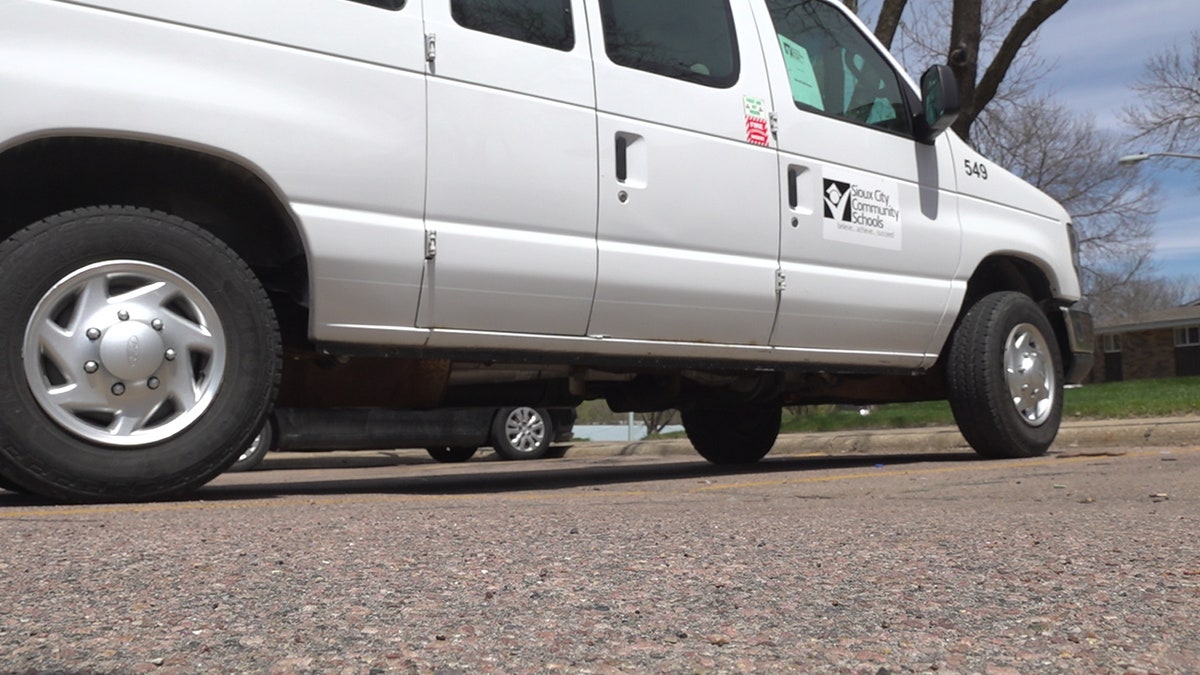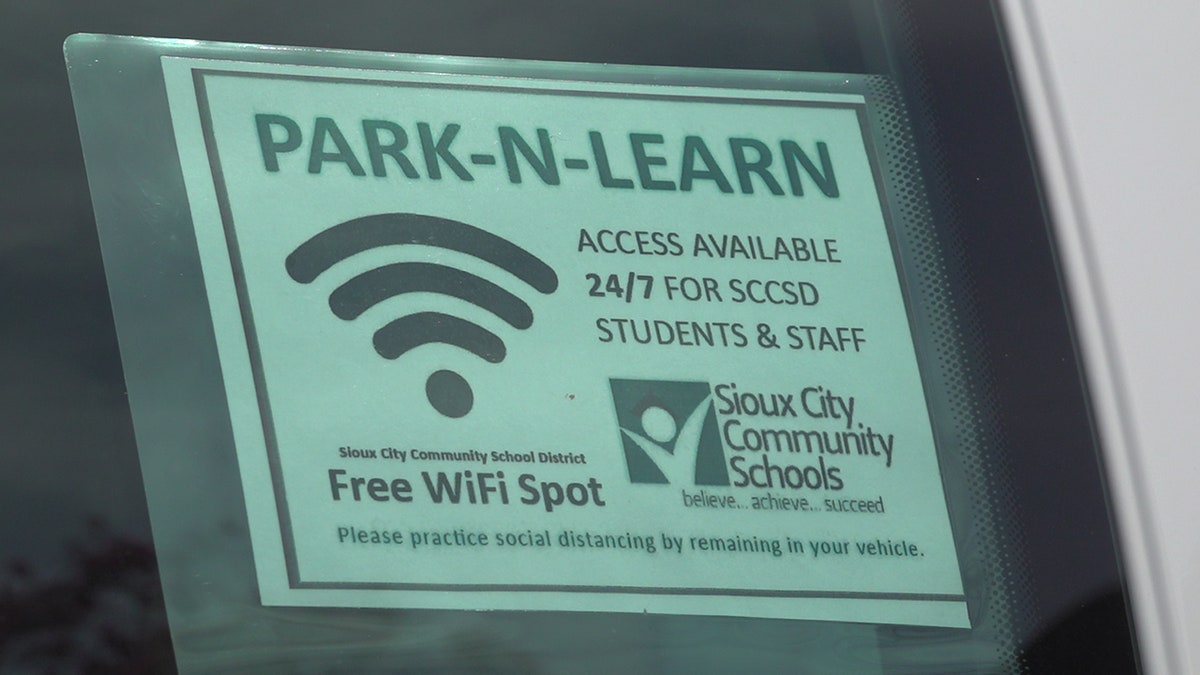SIOUX CITY, Iowa – More than 55 million students enrolled in K-12 education have shifted to digital learning as the coronavirus pandemic prompted school closures – but online classes have presented challenges for some districts.
"We’ve got somewhere between 20 and 30 percent of our student population that does not have Internet connectivity at home that’s robust enough for online learning," Paul Gausman, the Sioux City Community School District superintendent, told Fox News.
Over 14,000 students are enrolled in the Iowa school district. Gausman said the coronavirus pandemic has put a magnifying glass on inequities in resources, including reliable Internet service.
WHAT SHOULD PARENTS DO AS BUSINESSES REOPEN BUT SCHOOLS REMAIN CLOSED?
Before the coronavirus pandemic, the district had implemented Wi-Fi signals at seven schools throughout the county where students could access the Internet from parking lots. In addition, Gausman told Fox News the school district gave individual hotspots to high school students enrolled in college courses online.
But there was still a gap for some students whose families lacked access to cars, keeping them from using Wi-Fi in school parking lots.
That’s why school leaders recently decided to deliver an alternative to students through mobile hotspot vans. Six vans equipped with Wi-Fi have been serving as hotspot connections in Sioux City’s most vulnerable communities.

Sioux City Community Schools in Iowa have sent Internet alternatives to students through mobile hotspot vans. (Fox News/Mitti Hicks)
Students can access the Internet within 100 feet of the parked vans for three hours a day Monday through Friday.
"Those who have more resources are weathering this education portion of the COVID-19 challenge in a better way than those who do not have the resources," Gausman said. "Education shouldn’t be a situation of the haves and the have nots."
Sioux City is not alone.
Data from the National Telecommunications and Information Administration showed roughly 14 percent of the over 55 million school-aged children have a home without Internet service.
PANDEMIC TELECOMMUTING PROVES DIFFICULT – OR IMPOSSIBLE – FOR MILLIONS IN 'DIGITAL DIVIDE'
Advocates are teaming up with community-based service providers and the Federal Communications Commission (FCC) to ensure there are Internet connections in rural communities through the Keep Americans Connected Pledge.
"More than half of the companies on that pledge are my number companies," said Shirley Bloomfield, CEO of The Rural Broadband Association. The organization is comprised of more than 850 independent, community-based telecommunications companies in rural and small towns in America.
"What my members have said is look, people get impacted economically by COVID-19 school kids have to learn from home. We are going to keep the Internet lights on, we are going to find a way to connect these school kids, and we are not going to cut people off for lack of payment," she said.
That’s a relief for Gausman, who said COVID-19 has magnified the inequities of education, saying, "We have to start thinking about the Internet as we think about water ... something that’s available and accessible everywhere."

Six vans equipped with Wi-Fi have been serving as hotspot connections in Sioux City’s most vulnerable communities. (Fox News/Mitti Hicks)
CLICK HERE TO GET THE FOX NEWS APP
While schools close for the rest of the school year to prevent the spread of COVID-19, Sioux City students have been participating in voluntary continuous learning from home.
The school district has planned to keep the mobile hotspot vehicles running through the summer.























